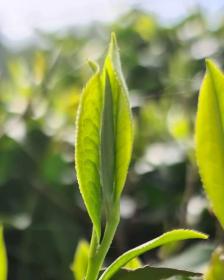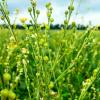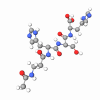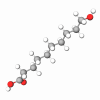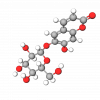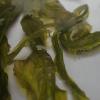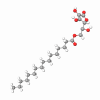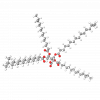Tea processed by the method considered to be “Japanese Green Tea” yields the most useful extract since, in the process of manufacturing black tea, most of the polyphenols are oxidized to form dark-colored ingredients. They then are not available to exhibit their antioxidant properties.
The polyphenols abundant in Japanese Green Tea (Camellia Sinensis) are Epigallocatechin Gallate (EGCg), Epigallocatechin (EGC), Epicatechin Gallate (ECg), and Epicatechin (EC). This fraction of green tea extract is known as Camellia Sinensis Polyphenols.
Camellia Sinensis Polyphenols are gallocatechins known to prevent the hydrolysis of other biological compounds, such as Diosgenin, found in Mexican Yams. Therefore, their inclusion in a formula will stabilize other extracts.
Among Camellia Sinensis Polyphenols, EGCg has been found to be a powerful antioxidant more than 20 times stronger than Vitamin E. It is considered to play a vital role in protecting the cell from free radical damage initiated by environmental factors such as exposure to UV light.Camellia Sinensis polyphenols form loose bonds with the xanthines (caffeine, theobromine, theophylline) in tea, potentiating their anti-inflammatory and anti-irritancy effects. This may be one reason why using these ingredients in their natural state appears to be more effective than using synthetic materials.
